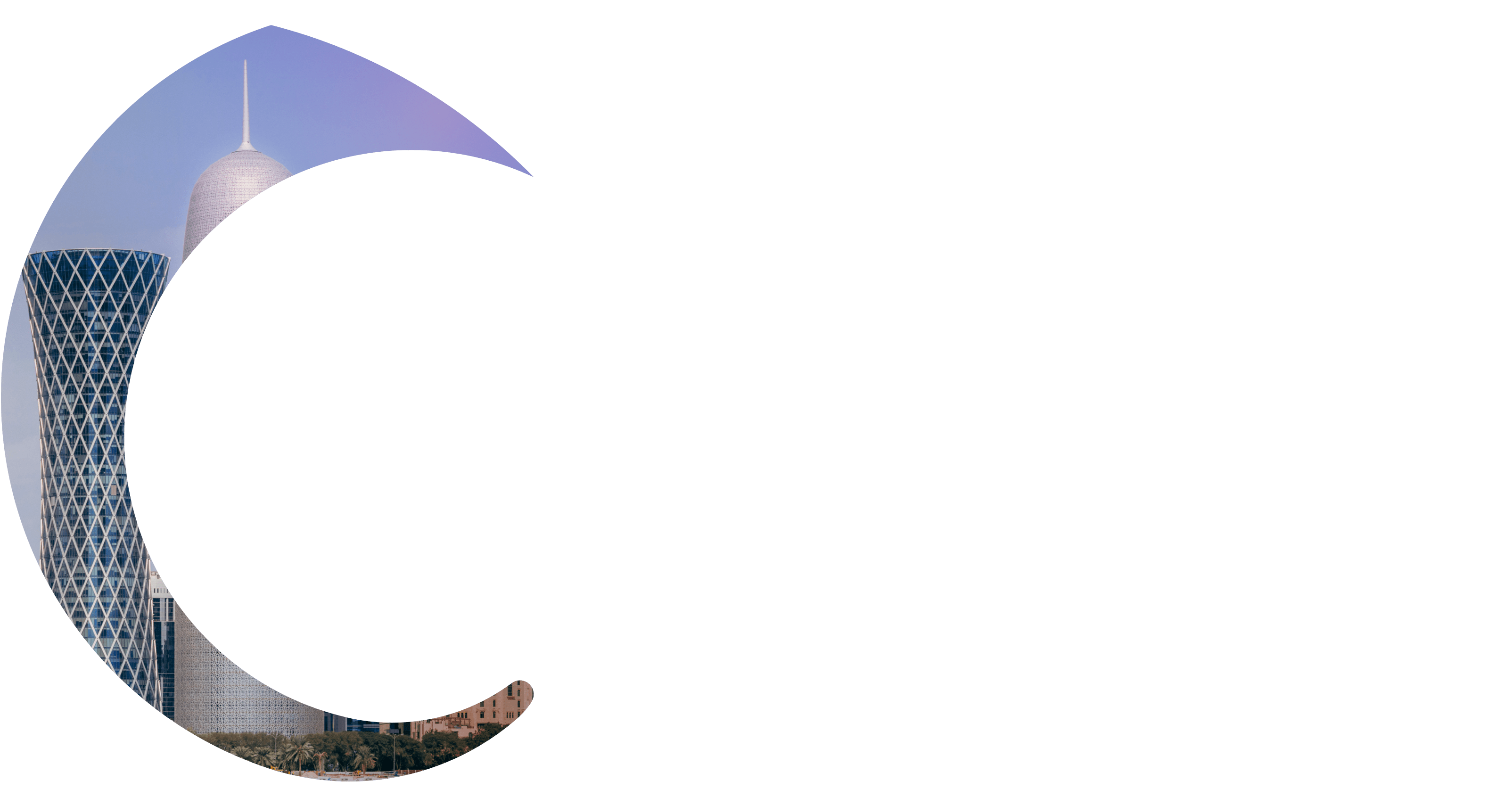März 2024 –
Feb. 2027
West Asian and Sub-Sahara African Partnerships in Flux
Das Projekt untersucht die multidimensionalen und komplexen Beziehungen zwischen ausgewählten Golfstaaten (Saudi-Arabien, die Vereinigten Arabischen Emirate, Katar, Iran) und vier subsaharischen Ländern (Südafrika, Nigeria, Kenia, Äthiopien). Es …
Zum Projekt



